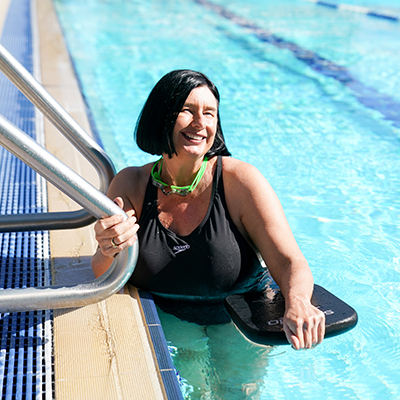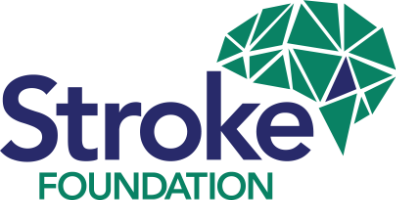Steph is striding for stroke
Imagine, you are 28 years old, married for only three months and living in North Sydney. Your family live interstate, but you are excited to plan your brand-new future. There is no warning to tell you that your life is about to change forever.
In March of 2000, Stephanie (Steph) had finished work for the day, as an executive PA in Sydney city. A normal day sees Steph enjoy the 30-minute walk home across the beautiful Sydney Harbour Bridge, and to her, nothing feels different about this day. Steph arrives home and heads into her garden, she bends down to pick up her favorite ceramic garden turtle. She feels a pop and instant pain in her neck. Her vision goes blurry, and she starts seeing stars.
Steph called an ambulance immediately, and despite being told it was likely a migraine, she assures the paramedics that something was really wrong. See, Steph knows her body, and she has never had a migraine before, but she doesn’t think it’s a stroke. That only happens to older people, right?
In the ER, the doctor took one look at her and acted immediately. Scans proved that this was no migraine. Steph had had a subarachnoid hemorrhage.
“If I had taken the advice to take a couple of Panadol and just gone to bed, I would not be here right now”
Steph was operated on the next day, to get the aneurism clipped, and spent seven days in hospital to stabilise. At this time, there appeared to be no deficits. Without warning, Steph experienced her second stroke. She was placed into a medically induced coma where she would remain for 29 days. When Steph woke, her body was not like she had remembered it. The second stroke had left the entire left-hand side of her body numb and non-responsive. It would be many months of rehabilitation to train half of her body to learn to move again. “Waking up with half of your body no longer there, was very tough.”
Steph entered rehab in June, where she was surrounded by the elderly, with no private rooms.
Limited information and counselling left Steph feeling scared, and she felt like she had lost herself.
In the months later, Steph tried to return to her ‘normal life.’ She re-did her driving test and returned to work one hour a week. She fell pregnant in 2001, a year on from her strokes, and together with her husband, they decided she should stop working, to focus on healing and growing their family.
In 2019, after eighteen years out of the workforce, Steph took a chance and called Stroke Foundation where she secured a part time role as Administrative Officer for our My Health for Life program.
To anyone who might be going through this, Steph says “Today, in 2021, thanks to the work and advocacy of Stroke Foundation, there is more information that stroke can happen to anyone, at any age.
To those going through this, your life isn’t over, it’s still starting. It’s going to be tough, but you have so much more to give.”
Steph has so much more to give, and she does this every day as an employee of Stroke Foundation and mother of two children.

Join Steph for Stride4Stroke this November.
Stride4Stroke is Stroke Foundation’s flagship event, where we encourage our amazing community to get active during the month of November.
One of the things we can do to reduce our risk of stroke, or secondary stroke, is to keep active. So this year you can stride your way, wherever you are.
